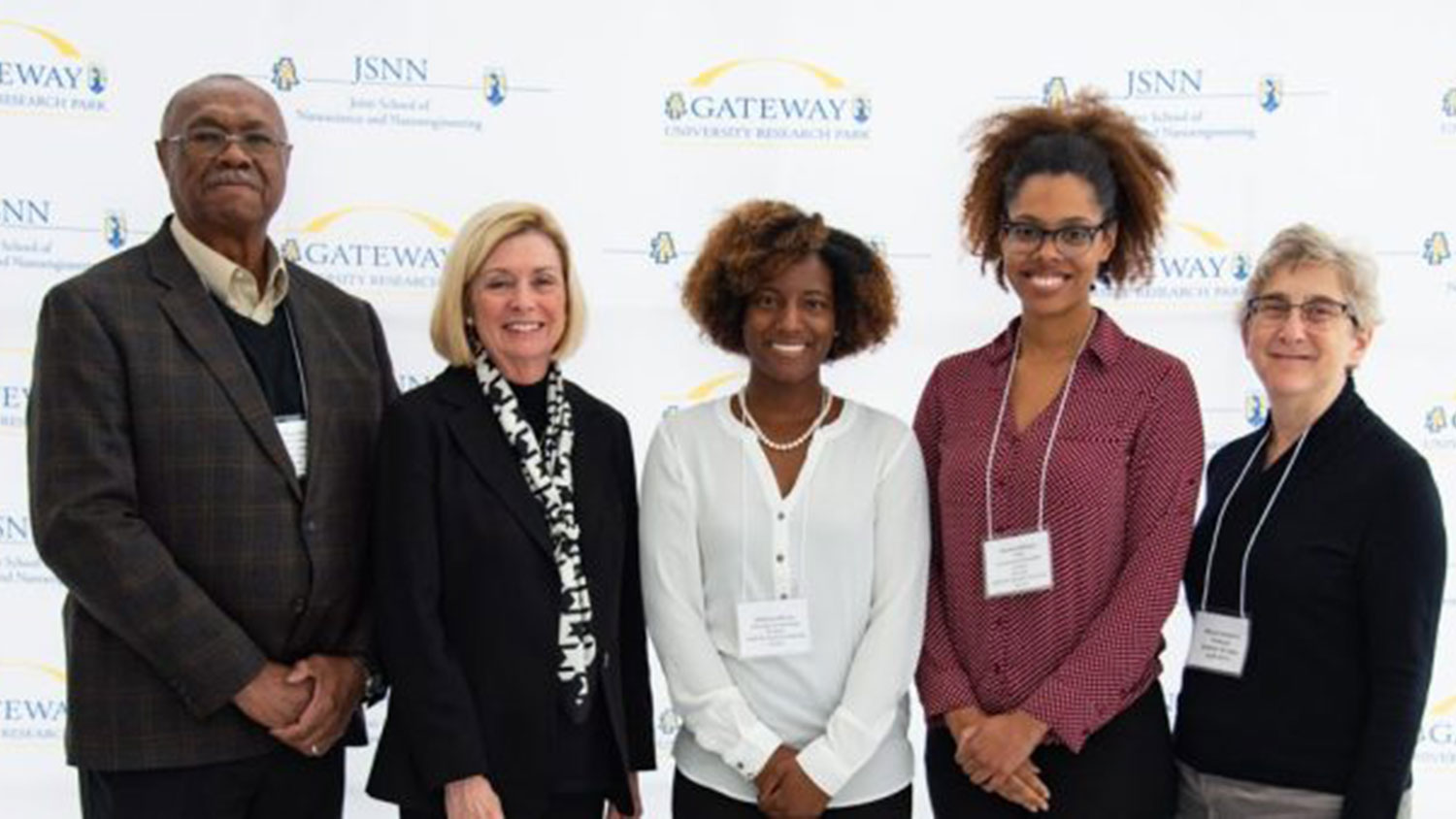
NC State, together with North Carolina A&T University and UNC Charlotte, has received a $2.2M grant from the National Science Foundation’s Alliances for Graduate Education and the Professoriate.
The grant, titled, “Collaborative Research: AGEP North Carolina Alliance, An Institutional Transformation Model to Increase Minority STEM Doctoral Student and Faculty Success” funds a five-year project that began last June.
Rather than fund students directly, the project focuses on faculty and departments. Thirteen NC State departments are participating, with eight departments participating at each of the other two institutions. Each department’s goal is to develop a more inclusive doctoral program that creates “institutional, department-level and faculty change to promote historically underrepresented minority US citizens who are completing their STEM doctoral degrees and progressing into faculty positions,” as stated on the National Science Foundation’s AGEP website.
NC State departments from four colleges — Engineering, Sciences, Agriculture and Life Sciences and Veterinary Medicine — participated in a two-stage selection process during which they designated a department head, director and a faculty fellow for the project.
Faculty fellows serve as the point person for AGEP-NC project activities in their departments for a two-year term, joining a cohort of other faculty fellows. Fellows meet monthly, attend a reading and discussion group and become knowledgeable about underrepresented minority (URM) graduate students1, cross-cultural and culturally-responsive mentoring and what current research says about how to best make changes to the cultures of large institutions.
Fellows also collect and examine data about the doctoral completion rates in their departments and student’s pathways through the dissertation stage, where there is often a completion gap between URM and non-URM students.
Methodology
The project is currently in an information-gathering phase in preparation for each department creating a formal plan to increase doctoral completion rates of URM students. During this phase, participants research mentoring practices and URM student experiences. Another component involves looking at institutional change-making practices, examining models of change and what makes them work.
 Marcia Gumpertz, professor of statistics and a major writer of NC State’s portion of the grant, says, “We’re hoping that the climate for and the knowledge about mentoring will increase in these departments over the period of the grant, and that the students will have positive mentoring experiences. Long-term, we’re hoping that the gap of completion rates will decrease and more URM doctoral students will progress into faculty careers.”
Marcia Gumpertz, professor of statistics and a major writer of NC State’s portion of the grant, says, “We’re hoping that the climate for and the knowledge about mentoring will increase in these departments over the period of the grant, and that the students will have positive mentoring experiences. Long-term, we’re hoping that the gap of completion rates will decrease and more URM doctoral students will progress into faculty careers.”
To meet these goals, an external advisory board with expertise in institutional change, assessment, cross-cultural mentoring and graduate student diversity, as well as a student leadership council comprised of doctoral students nominated by each institution for one-year terms, serve to help guide the project.
The project will delve deeply into the social science of student experiences to discover the issues involved in enhancing student success and share the findings broadly throughout the participating departments and campuses, hosting a conference at NC State on May 13, 2019.
But the AGEP project aims to develop models that can be adapted for other institutions in addition to continuing within the grant institutions, creating knowledge that can be developed, tested, modified and applied globally.
Why Is this Work Important?
Gumpertz notes that some of the typical ways in which institutions attempt to improve URM doctoral completion rates miss the mark for complex reasons.
“In interviews, focus groups on mentoring, evaluations and surveys, one thing we’ve seen is a difference between what students say they experience and what faculty think they’re experiencing. When we ask the faculty, ‘Is the environment welcoming?’ most faculty say yes, or definitely yes, but when we ask the students if they are experiencing welcoming learning environments, as many as a quarter don’t agree across our participating departments.”
Gumpertz emphasizes that the grant focuses on changing programs, adjusting them to be more inclusive and making faculty more aware of things that students might be facing, rather than trying to change the students.
“Education is so important, and it’s so important that everyone — that all groups of people — get to participate in higher ed and get all the benefits that we can get from advanced degrees. Everyone should have the opportunity to become faculty, and it’s important that students have the opportunity to learn from diverse faculty. Underrepresentation happens all along the academic pathway, and grad school is a critical link in that chain.”
- See the AGEP-NC website for more information about the project.
Elizabeth Snively writes for the Office for Institutional Equity and Diversity.
1 Underrepresented Minority (URM) is defined in this project as African American, Hispanic/Latino, American Indian, Alaska Native and/or Pacific Islander.